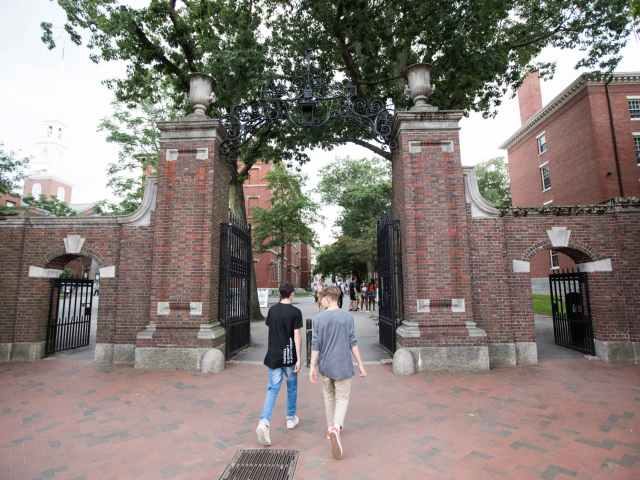A United States District Court Judge ruled this week that Harvard University does not discriminate against Asian-Americans in its admission process. Here are some of the key takeaways from the decision.
The New York Times compiled several takeaways from Judge Allison D. Burroughs’s 130-page decision, which declared that Harvard University does not discriminate against Asian-Americans in its admissions process.
1. Burroughs claims that Harvard does not use a quota system when filling its classes.
Moreover, Burroughs claims that race plays no “specified value” in the admissions process.
To summarize the use of race in the admissions process, Harvard does not have a quota for students from any racial group , but it tracks how each class is shaping up relative to previous years with an eye towards achieving a level of racial diversity that will provide its students with the richest possible experience. It monitors the racial distribution of admitted students in part to ensure that it is admitting a racially diverse class that will not be over enrolled based on historic matriculation rates which vary by racial group. Although racial identity may be considered by admissions officers when they are assigning an applicant’s overall rating, including when an applicant discloses their race but does not otherwise discuss it in their application, race has no specified value in the admissions process and is never viewed as a negative attribute.
Breitbart News reported in October 2018 that Harvard allegedly discriminated against Asian-American students during the admissions process. For example, Harvard would only invite Asian-American male students to apply to the university if they score 70 points higher on their SAT than their white male peers.
The documents specified the score that would be required before a student would be invited to apply. Harvard would send an application invitation to any white student who scored 1310 on the PSAT or higher. They would send an invite to any Asian female who score 1350 or higher. And they would only send an invite to Asian males who scored 1380 or higher.
2. Burroughs claims that there was no “pattern” of “stereotyping” Asian-Americans during the admissions process.
Attorneys for the plaintiff claimed that Harvard admissions officers often stereotyped Asian-American applicants as “quiet,” “hardworking,” and “not exciting.” However, Judge Burroughs wrote that the evidence did not show that students were “referred to by these types of descriptors because of their race or that there was any sort of systemic reliance on racial stereotypes.”
3. Burroughs argues that it would be impractical for Harvard to adopt a “race-neutral” admissions policy.
According to the decision, Judge Burrough claims that Harvard would be forced to increase its enrollment by 400 percent if it admitted every student with perfect test scores and high school grades.
4. Ultimately, Burroughs admitted that the admissions process at Harvard is flawed. She argues that individual acts of bias by admissions officers could be the cause of the statistical disparities between Asian-American students and other groups.
In the decision, Burroughs encourages Harvard to send their admissions officers to “implicit bias training.” Breitbart News reported in July that “implicit bias training,” which examines a person’s subconscious prejudices, is not as effective as some academics think.
Stay tuned to Breitbart News for more updates on this story.

COMMENTS
Please let us know if you're having issues with commenting.